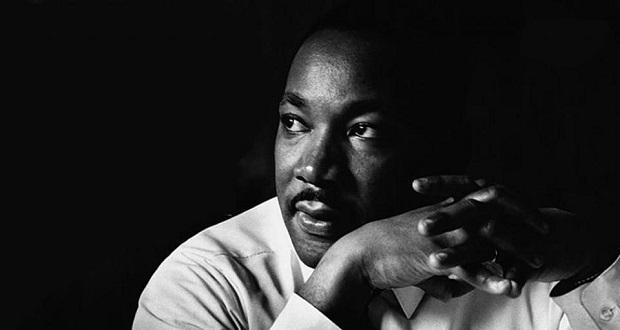by Deb Dagit, Deb Dagit Diversity, LLC

Deb Dagit, Deb Dagit Diversity, LLC
A day I will never forget: July 26, 1990. It was incredibly hot and sticky on the South Lawn of the White House, as about 2,000 people with disabilities and their allies raptly watched President George H.W. Bush, Sr. sign the Americans with Disabilities Act into law. I was shocked when the president stepped off the podium and walked directly towards me to extend his hand and say, “Congratulations, young lady.” I was too surprised and overwhelmed to say anything more than, “Thank you, Mr. President!” I left that day feeling both energized and optimistic about the progress we would make due to this landmark legislation.
Over the next 22 years I lead all aspects of diversity in three different Fortune 200 firms. As an N=1, I experienced both theecstasy (I got invited to almost every diversity gathering) and agony (it was very lonely and intimidating to be the only diversity practitioner at every meeting who was “out” as a person with a disability). I constantly wondered, why am I the only one?
Fast-forward to March 24, 2014, when Section 503 of the Rehabilitation Act went into effect with a 7% aspirational goal for self-identification of people with disabilities. We now know that about 50% of the U.S. population is directly or indirectly impacted by disability, and 71% of disabilities are non-apparent. Despite the fast growing size and scope of this “majority minority”—thanks to the aging baby boomers—we have seen virtually no progress in reducing the high unemployment rate of people with disabilities as we approach the 25th anniversary of the ADA.
My friend and colleague, Rich Donovan, CEO of The Donovan Group, hit the nail on the head when he said this:
“As firms react to the new 503 rules, they have an opportunity to create value for shareholders.* To do this, the firm must go beyond compliance to act in ways that generate new revenue and leverage disability to reduce cost. Senior management must decide if its scarce budget will be spent on legal fees and narrow checklists or on robust strategies that address the demands and talents of customers and employees.”
I believe it is time for bold action, and I know that if you have read this far into my message, you are ready to be bold too.
My bold? Utilizing my experiences as a lifelong ally for the LGBT community, I have adapted proven strategies to inspire and motivate allies for people with disabilities. The VOICE© Program includes a multimedia video and three facilitator’s guides that help organizations foster allies at all levels.
What is your bold?As you consider your organizations’ options for doing more when it comes to hiring and including people with disabilities, are you selecting strategies and tools that were created by people who have a disability?
No organization would even consider creating a program to enhance representation and inclusion for women, people of color or the LGBT community without leaders of these constituencies playing a central role in developing and executing the strategy. We must follow the same “not-about-us-without-us” anthem for people with disabilities.
If you hire an organization to help you with your disability hiring and inclusion efforts, explicitly ask, “Who on your team is out and proud as a person with a disability?
* Fifth Quadrant Analytics (FQA) published research demonstrates that firms that engage the disability market as valued customers and employees outperform their peers in creating shareholder value. FQA recommends transforming the government mandate into an opportunity to serve shareholders and grow profits. Learn more.



















